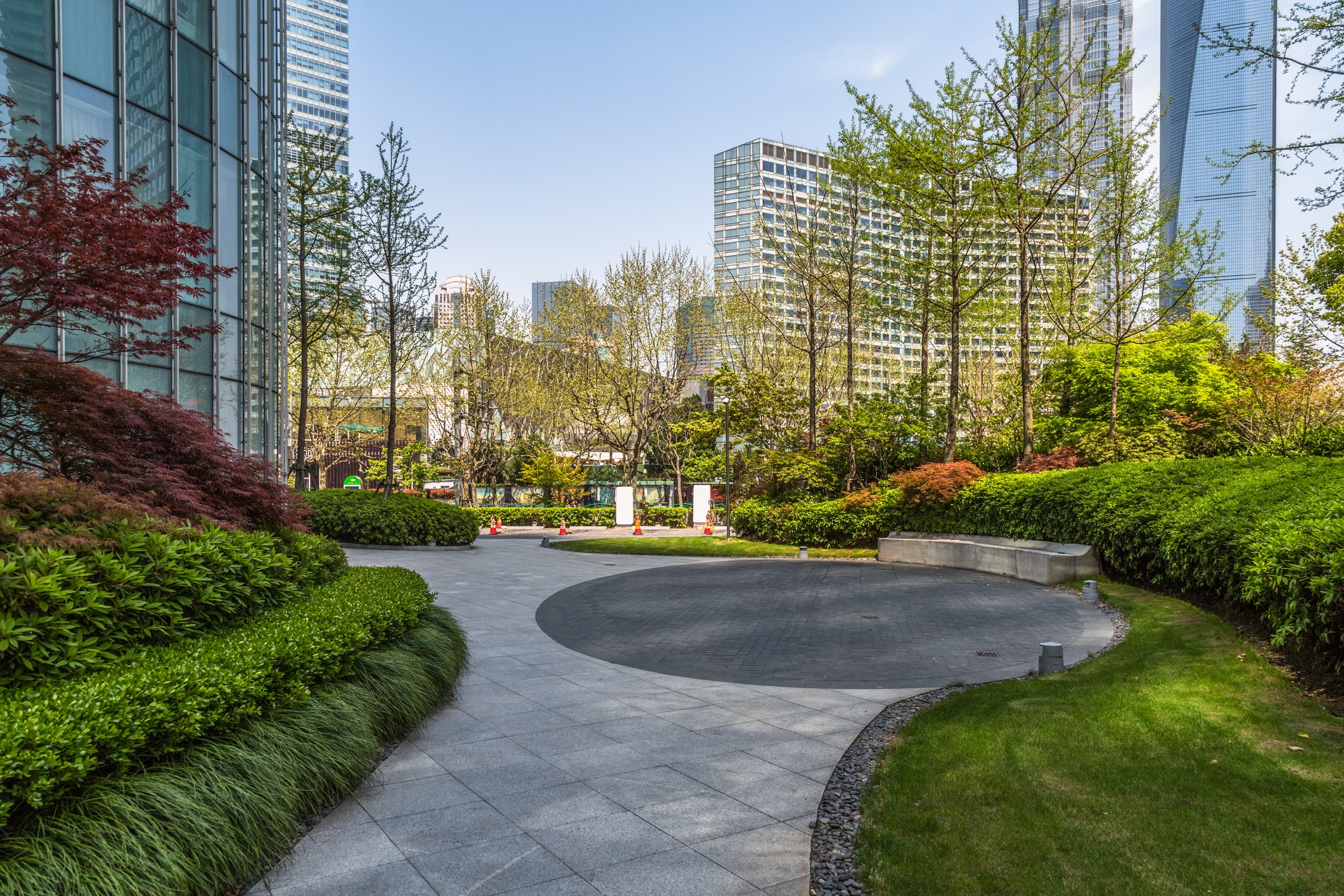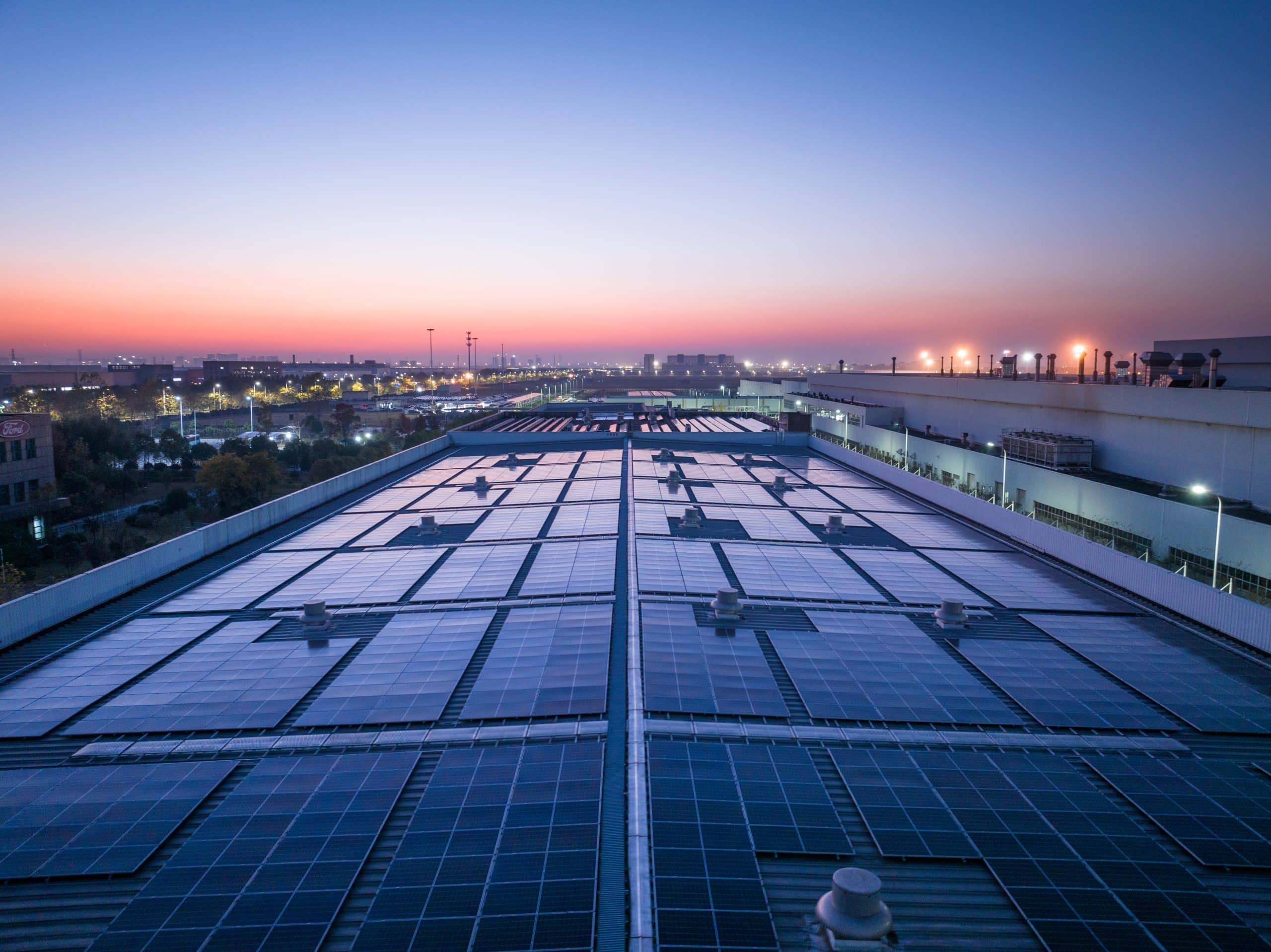Commercial renovation projects often include conversations about energy efficiency and sustainability, but it can be…

Incorporating Natural Light in Commercial Building Design for Energy Efficiency
Natural light has become one of the most valuable design elements in modern commercial construction. Beyond its aesthetic appeal, it plays a vital role in reducing energy use and improving the overall comfort of a workspace. Businesses today are seeking ways to lower operating costs while creating healthier, more productive environments for employees, and the smart use of daylight is an effective way to achieve both.
We’ve created this guide to show how intentional lighting design can transform commercial spaces. Below, we’ll explore the benefits of natural light, how it supports sustainability goals, and the best architectural strategies for maximizing energy efficiency in every project.
Why Natural Light is Important in Commercial Buildings
Natural light is more than just a design feature. It directly influences the performance, health, and satisfaction of those who use the building every day. Studies show that employees working in well-lit environments experience improved mood, better focus, and higher productivity. Customers also respond positively to naturally illuminated spaces, associating them with transparency and comfort.
For business owners, incorporating daylight into their buildings supports both environmental and economic goals. By reducing the dependence on artificial lighting, energy consumption decreases significantly. When combined with energy-efficient glass and automated shading systems, daylighting can lower utility costs throughout the year while promoting sustainability.
Energy Benefits of Daylighting in Building Design
Daylighting reduces the need for artificial lighting during peak daylight hours, which directly lowers energy use and electricity costs. Commercial lighting systems often account for a large portion of a building’s energy demand. By relying on natural light, businesses can cut those costs substantially while also decreasing their carbon footprint.
When daylighting is properly planned, it can also reduce heating costs. Sunlight helps warm interior spaces naturally during the colder months, lowering the strain on HVAC systems. Modern glazing and reflective surfaces can distribute that heat evenly without causing uncomfortable temperature fluctuations.
Beyond cost savings, effective daylighting enhances the sustainability of the entire building. Integrating smart controls that adjust lighting levels based on available sunlight creates a responsive, energy-efficient environment that benefits both people and the planet.
5 Architectural Strategies to Maximize Natural Light
The only way to find the right balance of light and energy efficiency is to start with a thoughtful design. Here’s a handful of common strategies that can boost natural illumination in commercial spaces.
1. Window placement and orientation
Positioning windows to align with the building’s orientation helps capture consistent daylight while minimizing glare. South-facing windows bring in steady light throughout the day, while east and west exposures provide dynamic lighting that can be controlled through shading systems.
2. Skylights and roof glazing
Skylights deliver abundant daylight to interior spaces that lack exterior walls, such as warehouses or central offices. Modern skylight systems are designed with insulated glazing that limits heat transfer and reduces UV exposure.
3. Light shelves and reflective surfaces
These design features bounce sunlight deeper into a room, reducing shadows and distributing light evenly. Reflective materials on ceilings and walls help amplify brightness without increasing energy use.
4. Glass walls and partitions
Interior glass walls allow natural light to reach work areas away from exterior windows. This technique maintains privacy and acoustic separation while maximizing illumination across the entire floor plan.
5. Daylight-responsive lighting controls
Automated systems that adjust artificial lighting based on available daylight ensure consistent brightness levels. They also prevent over-lighting and unnecessary energy waste, especially in offices and conference spaces.
Improving Workplace Wellbeing with Daylight
Natural light influences more than just the appearance of a workspace. Natural light can actually change how people feel and perform. Employees who are exposed to regular daylight enjoy a boost in mood, reduced stress, and better sleep quality.
Access to sunlight supports the body’s natural circadian rhythm, helping workers stay alert during the day and rest more effectively at night. Incorporating daylight into commercial design also boosts overall satisfaction and productivity. Brighter spaces feel more open and welcoming, encouraging collaboration and creativity.
For businesses, this translates to higher morale and lower absenteeism, along with potential improvements in retention. When thoughtfully integrated, daylight becomes a key part of a building’s wellness strategy, creating a healthier and more engaging environment for everyone inside.
Balancing Light, Temperature, and Glare
Even though natural light brings many advantages, it must be carefully managed to maintain comfort and energy efficiency. Too much direct sunlight can increase interior temperatures and cause glare that reduces visibility on screens or reflective surfaces. Proper balance is achieved through design elements that control and diffuse light.
Window films, louvers, and shading systems allow building occupants to adjust sunlight levels throughout the day. Using low-E glass helps regulate heat gain while still letting natural light pass easily through. Architects can also integrate overhangs and exterior fins to block excessive sunlight during summer months without sacrificing brightness.
When light, temperature, and glare are all managed correctly, buildings achieve both energy efficiency and occupant comfort, creating workspaces that are bright, functional, and visually balanced.
Why Michigan Businesses Trust Schonsheck for Sustainable Design-Build
We’ve got decades of experience designing and constructing commercial buildings that are specifically designed to balance functionality, efficiency, and beauty. We incorporate advanced materials, strategic daylighting, and energy-efficient systems into every project. Businesses across Michigan trust Schonsheck for projects that reflect modern sustainability standards while staying on time and within budget.
Build Smarter & More Sustainably
Natural light is one of the most powerful tools in sustainable construction, helping businesses reduce energy costs and create healthier environments. When planned strategically, daylight enhances aesthetics, boosts productivity, and lowers a building’s environmental impact.
Energy-Efficient Commercial Spaces Across Michigan
At Schonsheck, we specialize in commercial design and construction that maximizes natural light and supports long-term sustainability. Our team delivers innovative solutions that make every building more efficient, comfortable, and environmentally responsible. Talk to us online, or call us at (248) 669-8800 to learn how we can help you bring your next project to light.




